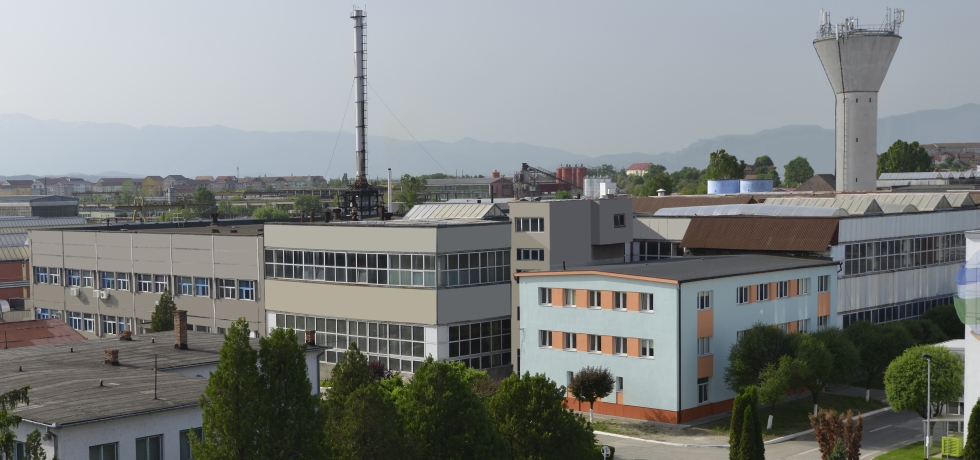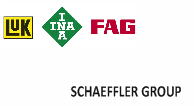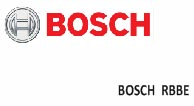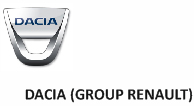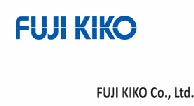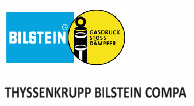In the mid XV-lea century appears in documents for the first time The Fortress Arsenal, which had a dual function of production and storage of weapons.
 A special moment in its evolution was the appointing in 1529, as administrator of arms of Sibiu and leader of the Arsenal, of the officer Conrad Haas (1509-1579), creator of the first multi-stage missile and delta wings. The manuscript of Sibiu stands as base for the subsequent evolution of the modern concept of missiles. He has taken concrete measures to restore the buildings and expand the processing space of raw materials and production workshop, assembly and repair of firearms.
A special moment in its evolution was the appointing in 1529, as administrator of arms of Sibiu and leader of the Arsenal, of the officer Conrad Haas (1509-1579), creator of the first multi-stage missile and delta wings. The manuscript of Sibiu stands as base for the subsequent evolution of the modern concept of missiles. He has taken concrete measures to restore the buildings and expand the processing space of raw materials and production workshop, assembly and repair of firearms.
Between 1849 – 1918 Sibiu Arsenal of weapons insured the production and repair of arms for the Austrian and Hungarian army. First World War led to an increased activity in Arsenal, which supplied the Central Powers with fighting technique. In 1919 Sibiu Arsenal was reorganized in Reinforcement Warehouse and Repair Workshop for the 7th Army Corps Sibiu in order to repair, manufacture and provision of weapons and army carriages.
In the following period, the Repair Workshop started to be equipped with machining tools specific to each production workshop and repair: mechanical workshop, hardware, saddles, optics, armory, carpentry, electrical workshop.
 Between the World Wars greater attention was given to reorganizing and equipping the army through an endowment program with modern combat equipment, imposing reorganizing of arms producing factories. Thus, in1935 Sibiu Arsenal and Armory Warehouse was founded by merging reinforcement and repair workshops in Sibiu, Cluj and Brasov.
Between the World Wars greater attention was given to reorganizing and equipping the army through an endowment program with modern combat equipment, imposing reorganizing of arms producing factories. Thus, in1935 Sibiu Arsenal and Armory Warehouse was founded by merging reinforcement and repair workshops in Sibiu, Cluj and Brasov.
By transferring the machine tools from the merged units, production facilities became insufficient, imposing expanding in new places. In parallel with the start of construction modern machines were ordered, driven by individual electric motors at the highest technical level of that time. Also a physical laboratory was organized, equipped with modern equipment.
In 1939 Sibiu Arsenal completely separated from the Armory Warehouse and worked until 1945 as the Autonomous Public Administration Branch of Army Arsenal Sibiu.
The outbreak of World War II on 1 September 1939 and after Romania entered the war, meant for Arsenal Sibiu an intensification of activity. Here were repaired artillery and infantry weapons received from various units on the front and in the country, as well as war chariots, campaign kitchens and campaign vehicles. Spare parts have been made for different types of weapons, and added accessories to a range of infantry weapons and artillery. It was also arranged and made available for the army, a weapons repair shop- train, equipped with necessary machines and tools, as well as competent staff.
At the end of the war, Arsenal Sibiu was appreciated as “the largest factory in Sibiu”, equipped with modern machine tools, procured during the war and with qualified staff and specialists, which meant that in the coming decades it played an important role in the economic development of the country.
Arsenal Sibiu was subjected to frequent reorganizations, changing several times name and subordination in a short time. During 1946-1951, the unit will operate under the name of Metallurgical State Enterprises, and during 1951-1964 under the name ARTILLERY ARSENAL SIBIU that besides production of orders for the army will also take civil works such as repairing tractors and railway wagons.
In 1964, Arsenal Artillery Sibiu is taken over by the Automotive Industry Ministery as Automecanica Sibiu Plant.. By changing the manufacturing profile an important stage in the life of the plant was marked, a deep structural transformation stage, standing at the modern plants level among large enterprises that produces parts for automotive industry.
In 1969 Automecanica Plant se unifica cu merged with Elastic Plant. .


